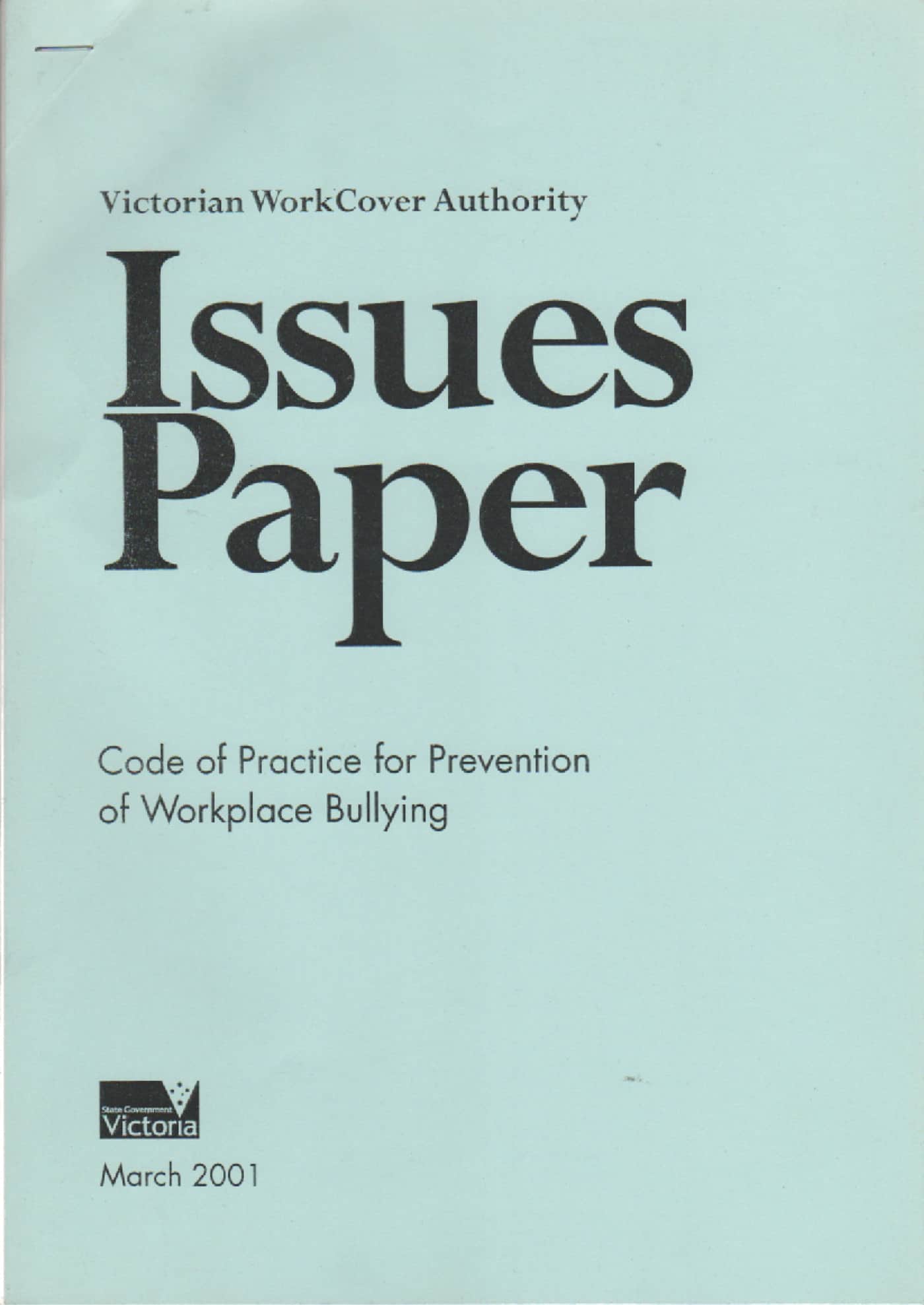Today Australia hosts a No2Bullying conference. It is a timely conference as the debate on Australia’s changes to the Fair Work Act in relation to workplace bullying heats up.
Lawyer Josh Bornstein is particularly critical of the politicisation of the amendments and believes this increases the instability or remedies available to victims of workplace bullying by increasing pressure on under-resourced OHS regulators.
The amendments are unlikely to reduce the incidence of workplace bullying in Australia as they address post-incident circumstances.
As the new legislation is being passed through Parliament, the industrial relations, political and legal context will dominate the media, Continue reading “New workplace bullying laws generate heated debate”





